Vintage movie posters – the expert guide
Vintage movie poster dealer, collector and author Tony Nourmand brokered the sale of the world’s most expensive poster which sold for $690,000 in 2005. On the eve of a new book, he describes his lifelong passion
When did your obsession with vintage movie posters begin?
One of the warmest memories of my childhood in Tehran was being taken to the cinema every week by my dad or uncle. My uncle was friends with the owner and we would sit in the private balcony to watch a film. While the credits rolled and my uncle drank tea with friends in the back room, I would be allowed to take a movie poster from the pile stacked in the corner (the American film companies sent posters to Iran). I carried it carefully home and lovingly taped it to my bedroom wall … only to tear it down seven days later and replace it with that week’s new release.
When I was nine, Enter the Dragon was on for almost a year in 1973. I made my father take me to see every week.
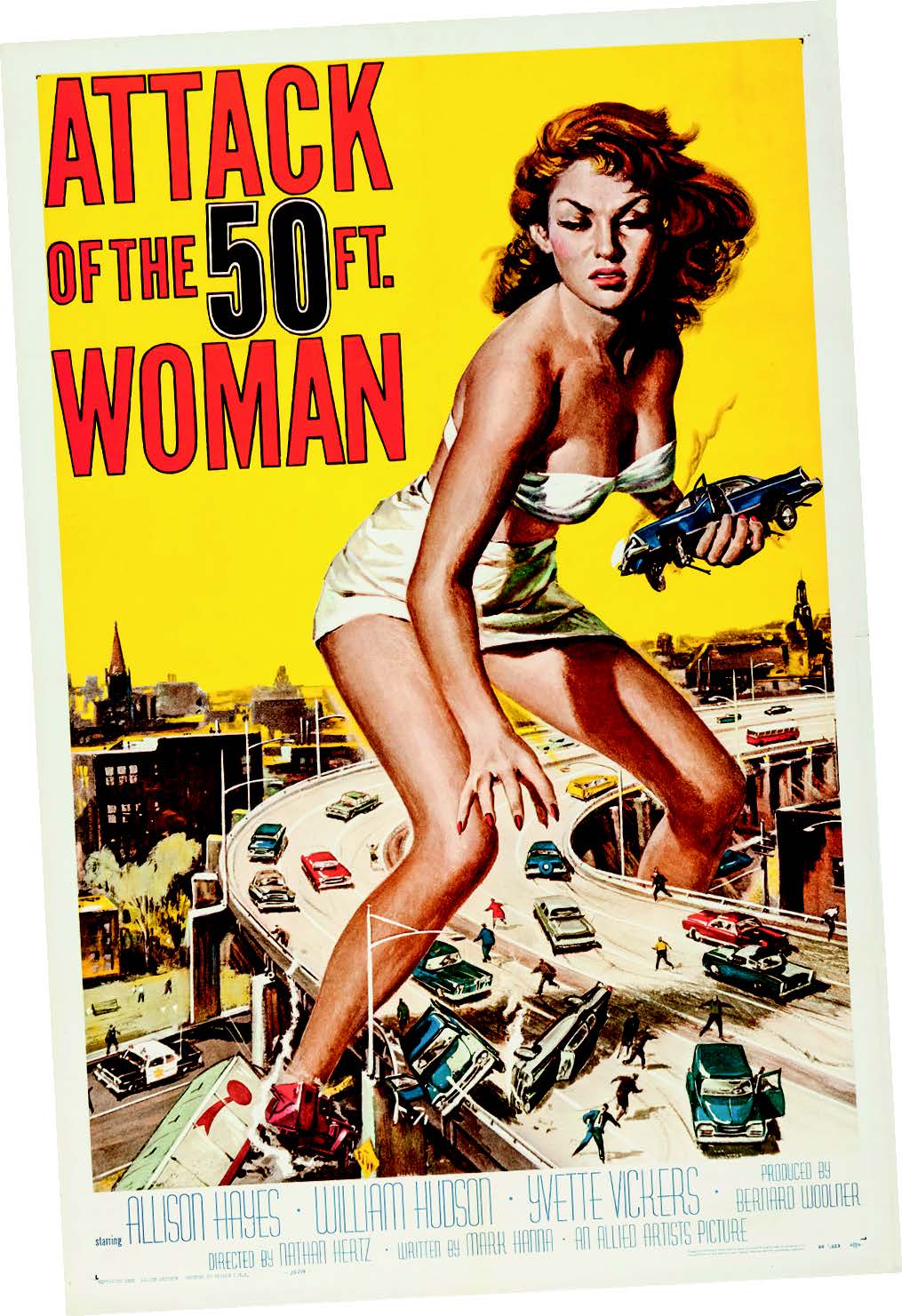
The first poster you ever bought?
The first which I paid money for was in 1979. Now a teenager living in London, I had just seen Apocalypse Now at the cinema and found a copy of the British poster in the dingy Vintage Magazine Shop in Soho. I asked them about a poster for my favourite film, Chinatown (1974) that I had seen pictured in an article, but they had no idea what I was talking about.

Years later and still thinking about this poster, I came across Jose Ma Carpio at Cinemonde in San Francisco – at that time something of a mecca for movie poster collectors. Jose immediately knew what I was talking about. He explained that the Chinatown I was after was the Richard Amsel artwork – only used on the German and Australian posters – and that he could get me one if I was interested.
How has the market and prices changed since the ‘80s?
Jose also had original posters for Sunset Boulevard (1950) and Casablanca (1942), which at the time were selling for a couple of hundred dollars each ($20,000 and over $100,000 respectively today). In my mid twenties one of the posters I bought from him was an American one sheet for Breakfast at Tiffany’s (1961), which I managed to sell to Tiffany & Co. in London’s Bond Street.
In 1989, Christie’s in New York held its first dedicated movie poster sale with prices fetching thousands of dollars. … The reappraisal of movie posters had begun.
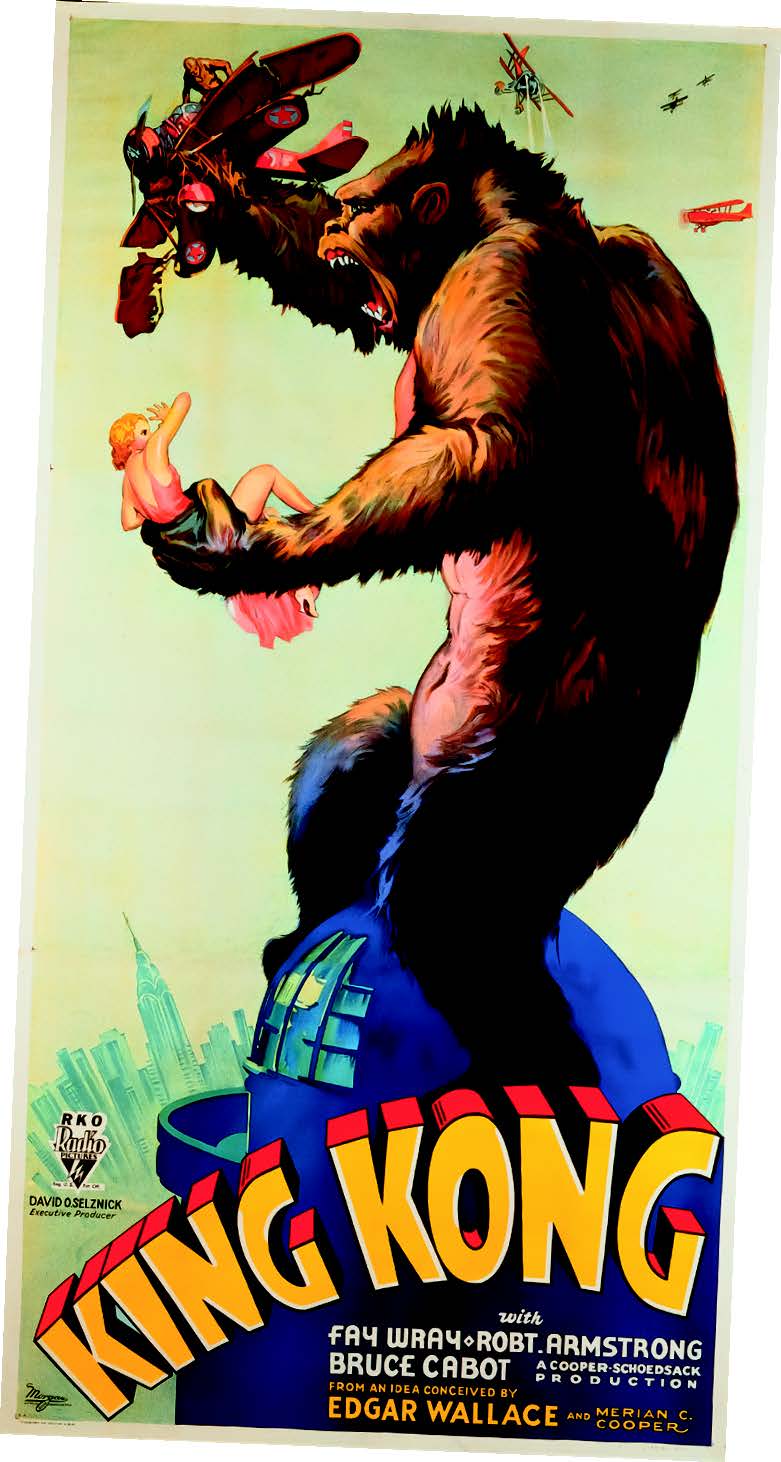
How did your career develop from hobby to profession?
In the mid 1990s, I became the vintage movie poster consultant for Christie’s in London and, most significantly, I opened the world’s first gallery dedicated to original movie posters, the Reel Poster Gallery.
By then posters were playing an increasing role in exhibitions in museums and galleries. I curated exhibitions of movie posters worldwide and formed collections for individuals and institutions as the market grew.
And with some astonishing sales figures: the first Italian release of Casablanca (1946) sold for $478,000; Dracula (1931) Style A – $525,000 and Frankenstein (1931) Style A – fetched $312,000. These days it is not unusual for prices to reach $300,000-$400,000.
It’s amazing when you think then, and now, most of these posters would have been thrown out by the studios or the cinemas. One of the biggest buyers I have today is Universal Studios, desperate to replace its missing archive.

What are the most popular genres?
People collect movie posters for different reasons. A couple might come to me wanting a poster from The Graduate because it was the first film they saw together, others may be interested only in the artwork of a designer such as, say, Saul Bass.
The most collectable genre and era for collecting is, by far, horror films from the early ‘30s. They were made in the Depression era when money was scarce, so few were made making them incredibly rare today. Early Charlie Chaplin films will also find a market, and King Kong, Frankenstein and Casablanca are evergreen among collectors.
In later years, James Bond is one of the more collectable franchises. The films’ appeal are timeless. I remember watching the films with my 12-year-old nephew who was just as excited about them as I was when I watched the same films at his age.
Which stars have ‘collector appeal’?
Joan Fontaine (unless with Hitchcock or Astaire), whatever the respective merits of their stories. Posters of Breakfast at Tiffany’s will always be in demand.
Michael Caine is a collectable actor, as is Steve McQueen. But in all my years as a dealer no one has ever asked me for a poster of a film featuring Spencer Tracy. Boris Karloff is also collectable. The directors Aldred Hitchcock, Stanley Kubrick, Orson Wells are always sought after, as is Quentin Tarantino.

Why has movie art been so under-appreciated?
It’s like when William Holden says when he plays the struggling playwright Joe Gillis in Sunset Boulevard: audiences think actors make up the words, they don’t realise someone has to sit down and write them. It’s the same for movie posters, people don’t realise the work that has gone into them.
Added to which there has been suspicion of the ‘advertising’ element of film posters designed to sell a product. Then there’s the aesthetic preference for the ‘live arts’ – theatre, performance, dance, music, opera – over the experience of film. Toulouse-Lautrec may have designed lithographic posters for a music-hall in Montmartre from 1891 onwards, but … films?
Professional designers of movie posters on the whole have belonged to a very different social milieu and, in any case, they are far too busy working on their next project to have time for learned discussions or round tables about the design principles embedded in the last one.
The result of all this – and more – is that movie posters do indeed remain underappreciated.
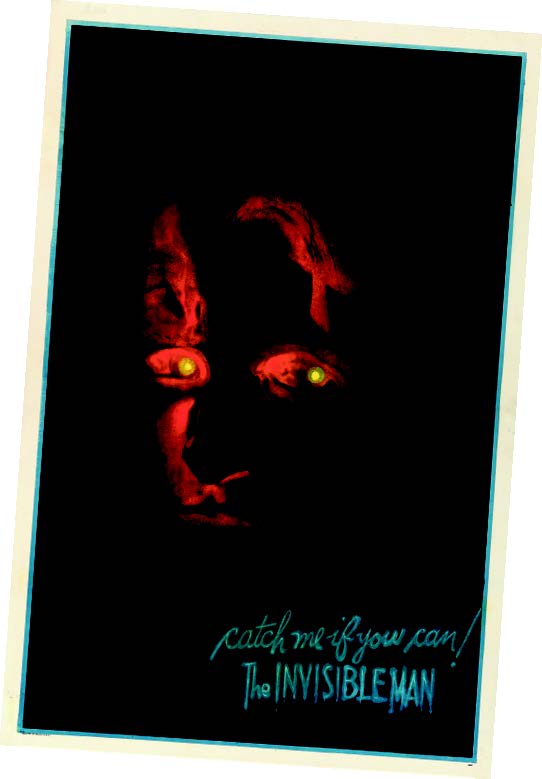
What is the future of movie poster design?
These days when all big Hollywood stars will have it written into their contracts how prominent they must appear in any film’s promotional material – it’s not as easy.
Also, in the ‘70s, and earlier, the movie poster was the main carrier of information about a film, now there is a barrage of images on the internet and social media which has led to some bland, global, comprehensive marketing campaigns, with graphic devices reusable in a whole variety of formats from small ads to huge poster sites and a consequent loss of distinctive identity.
That being said it is lazy to write off the past 30 years. Design studios like BLT Communications, Gravillis Inc and La Boca and individual creatives like Akiko Stehrenberger (b. 1978) are producing original, exciting and design led posters that are some of the best examples in the history of the artform.
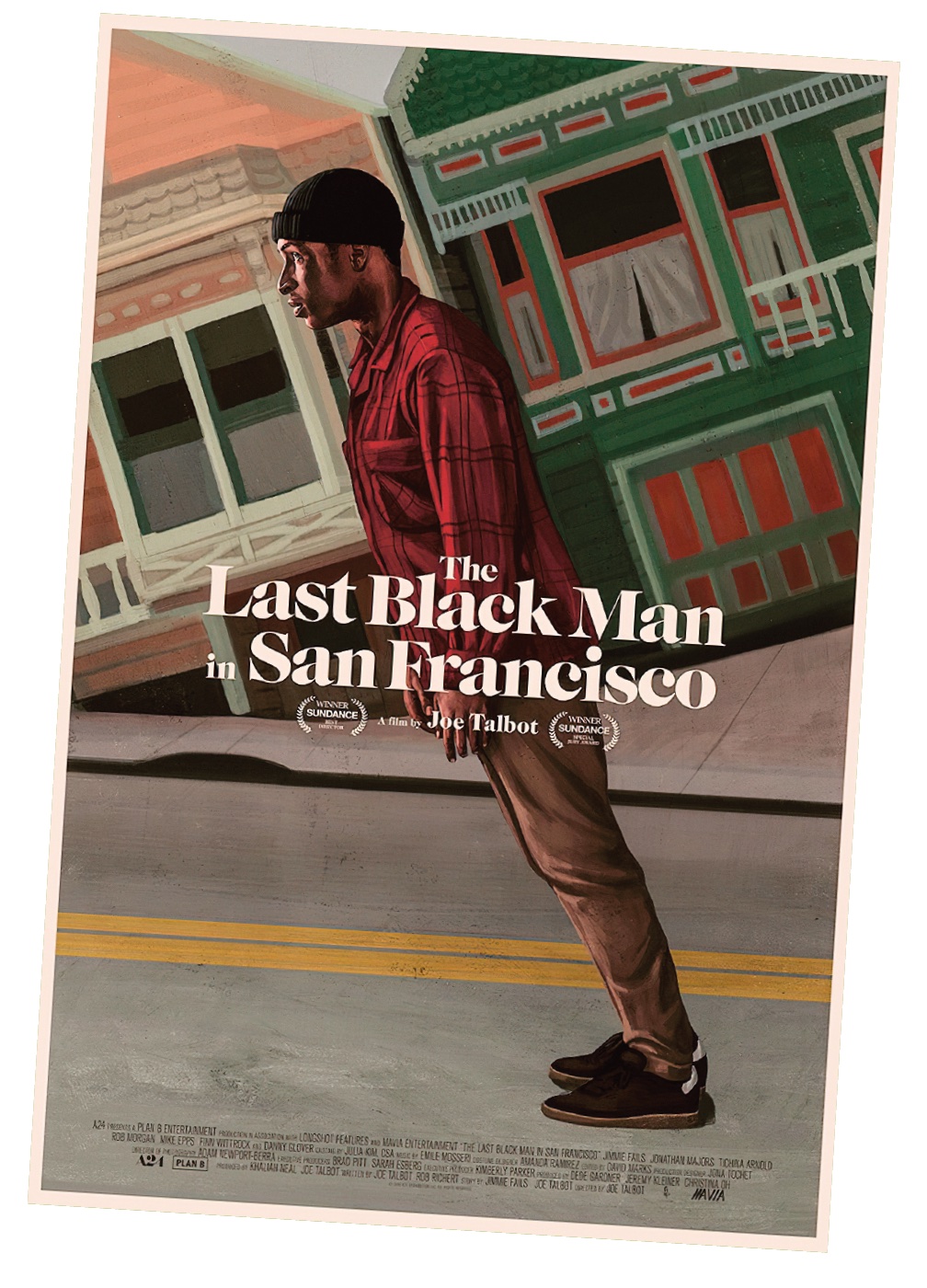
If you could save only one vintage movie poster, what would it be?
This is an impossible question but I do love the 1933 poster for The Invisible Man. Universal’s horror heyday in the 1930s saw a glorious explosion of colour and detail.
Rich, lithographic posters loomed with genre-defining monsters and damsels in distress underneath striking fonts and clever taglines. This incredible body of work was created by Hungarian-born art director Karoly Grosz (1896-1952). Little is known about Grosz personally but his posters for Universal are almost mythical.
What’s the world’s most expensive movie poster?
In 2005, I brokered the sale of an original German promotional poster for Fritz Lang’s 1927 science fiction film Metropolis, created by Heinz Schulz-Neudamm (1899-1969) which sold for $690k in 2005 (then £397,762).
Two versions exist: one with the title and credits at the bottom, which was used in Germany; and a second free of credits, which was exported for screenings around the world.

The credits-free version is the holy grail among collectors and one of the most sought-after – and expensive – vintage posters of all time.
Hundreds of copies of the sepia-colour promotional poster measuring 7ft x 3ft (2.1m x 0.91m) would have been produced by Germany’s UFA film studio near Berlin. Most would have been hung on billboards and then thrown away. This one was in absolutely pristine condition and was obviously never used.
FOCUS ON EALING COMEDIES
I like these ground-breaking posters from the 1940s and ‘50s that you might just have tucked away in an attic and could be worth a fortune.
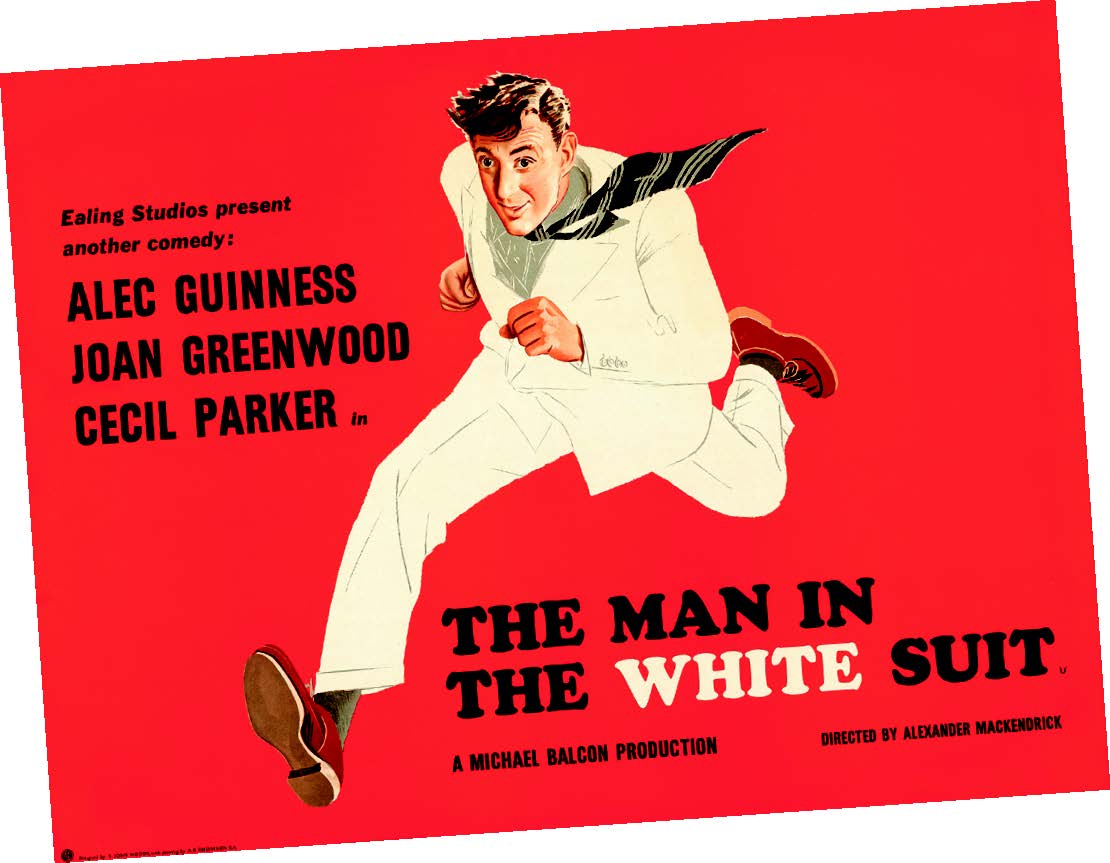
The man responsible for them was S. John Woods (1915-1997) who was the head of marketing at Ealing Studios from the mid 1940s until 1959. From 1943 onwards, he followed in the footsteps of enlightened commercial patrons like Shell and London Transport, commissioning established artists and illustrators to design posters for its films.
These included such names as Edward Bawden, Edward Ardizzone, John Piper, Barnett Freedman and Ronald Searle. Though it caused him to clash with studio heads who favoured a more traditional (read cheaper) approach, he succeeded in creating some of the most striking movie posters of the era.
Among the artists was Alfred Reginald Thomson (1894-1979), whose work can be seen above, who was a renowned portraitist during the 1920s and later a successful commercial artist.
In 1945, he was elected to the Royal Academy of Arts and, in 1948, won a Gold medal for painting at the Olympic Games.
Tony Nourmand (with Graham Marsh, Christopher Frayling and Alison Elangasinghe) is the author of 1001 Movie posters: Designs of the Times published by Reel Art Press RRP £80. For further information and full list of stockists visit www.reelartpress.com


